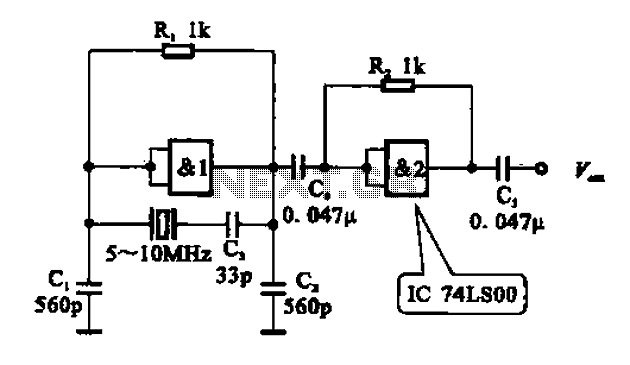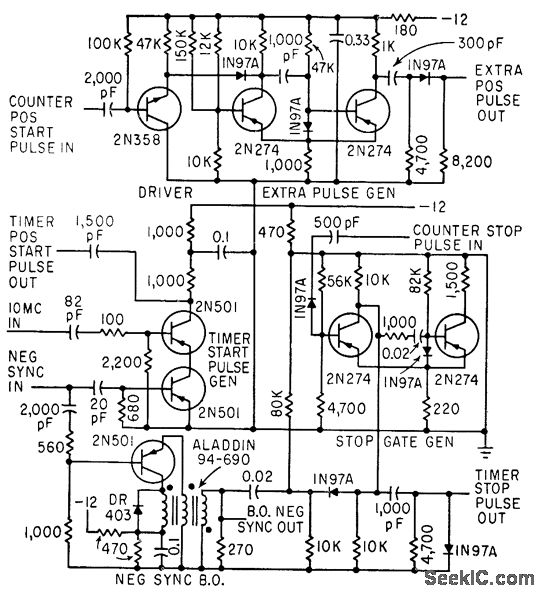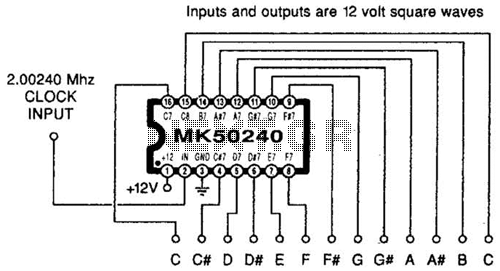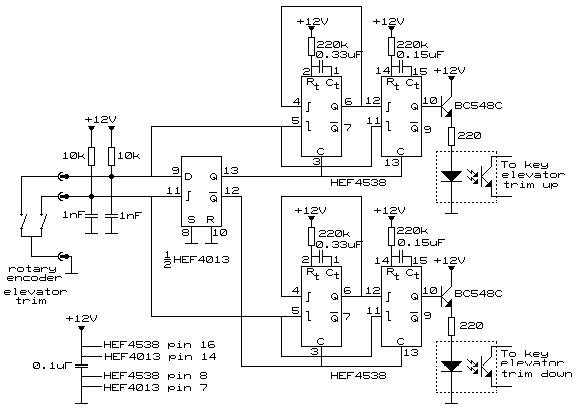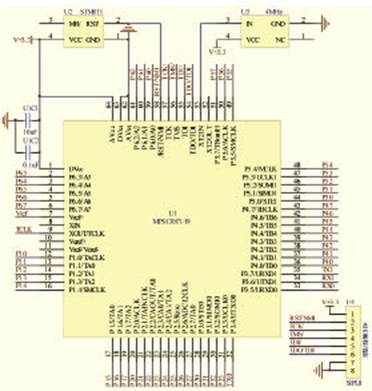
Conducting pipe control one rechargeable short delay circuit
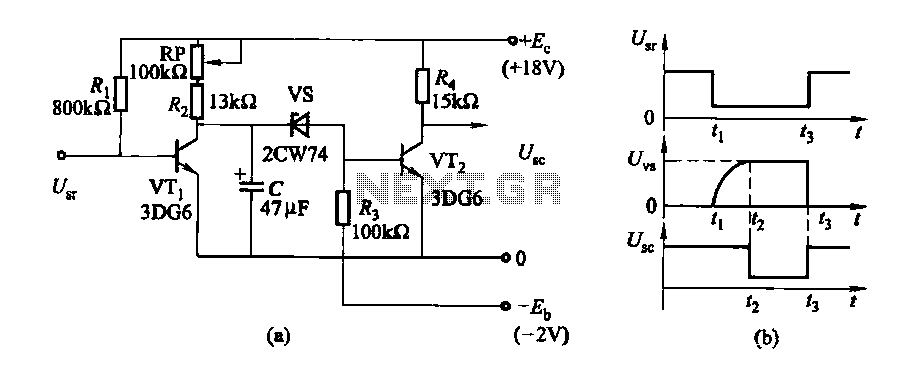
The delay time ranges from 0.5 to 3.5 seconds, which can be adjusted using the potentiometer RP to modify the delay duration.
The circuit utilizes a timing mechanism that allows for the adjustment of delay intervals between 0.5 seconds and 3.5 seconds. This is achieved through the integration of a potentiometer, designated as RP, which serves as a variable resistor. By altering the resistance value through the rotation of the potentiometer, the charge time of a timing capacitor in the circuit can be modified, thereby changing the delay time.
In a typical configuration, the circuit may include a 555 timer IC in monostable mode, where the output pulse width is determined by the equation:
\[ T = 1.1 \times R \times C \]
Here, \( T \) represents the delay time, \( R \) is the resistance (in ohms) set by the potentiometer, and \( C \) is the capacitance (in farads) of the timing capacitor. The choice of capacitor value will influence the maximum and minimum delay times achievable.
To implement this circuit, the following components are typically required:
- A 555 timer IC.
- A potentiometer (RP) for adjusting the delay time.
- A timing capacitor (C) with an appropriate capacitance value.
- Additional passive components such as resistors and diodes may be included for stability and protection.
The output of the circuit can be connected to various devices or indicators, such as LEDs or relays, to visualize or utilize the delayed signal. Proper consideration should be given to the power supply voltage and current ratings of all components to ensure reliable operation.
This circuit design is suitable for applications requiring timed delays, such as in automation systems, timers, or triggering mechanisms.Delay time is 0.5 ~ 3. 5s, adjustment potentiometer RP, can change the delay time.
The circuit utilizes a timing mechanism that allows for the adjustment of delay intervals between 0.5 seconds and 3.5 seconds. This is achieved through the integration of a potentiometer, designated as RP, which serves as a variable resistor. By altering the resistance value through the rotation of the potentiometer, the charge time of a timing capacitor in the circuit can be modified, thereby changing the delay time.
In a typical configuration, the circuit may include a 555 timer IC in monostable mode, where the output pulse width is determined by the equation:
\[ T = 1.1 \times R \times C \]
Here, \( T \) represents the delay time, \( R \) is the resistance (in ohms) set by the potentiometer, and \( C \) is the capacitance (in farads) of the timing capacitor. The choice of capacitor value will influence the maximum and minimum delay times achievable.
To implement this circuit, the following components are typically required:
- A 555 timer IC.
- A potentiometer (RP) for adjusting the delay time.
- A timing capacitor (C) with an appropriate capacitance value.
- Additional passive components such as resistors and diodes may be included for stability and protection.
The output of the circuit can be connected to various devices or indicators, such as LEDs or relays, to visualize or utilize the delayed signal. Proper consideration should be given to the power supply voltage and current ratings of all components to ensure reliable operation.
This circuit design is suitable for applications requiring timed delays, such as in automation systems, timers, or triggering mechanisms.Delay time is 0.5 ~ 3. 5s, adjustment potentiometer RP, can change the delay time.
